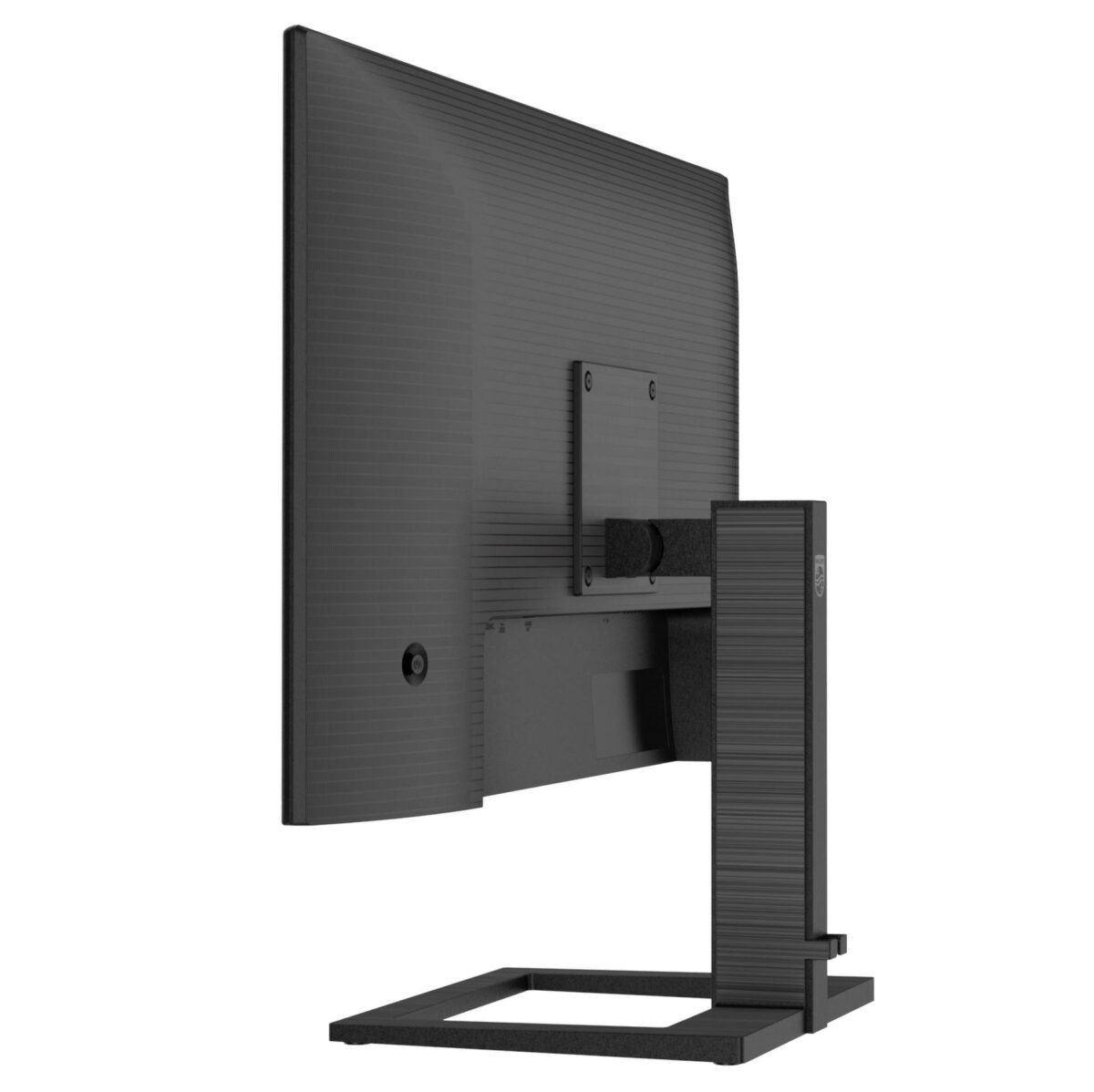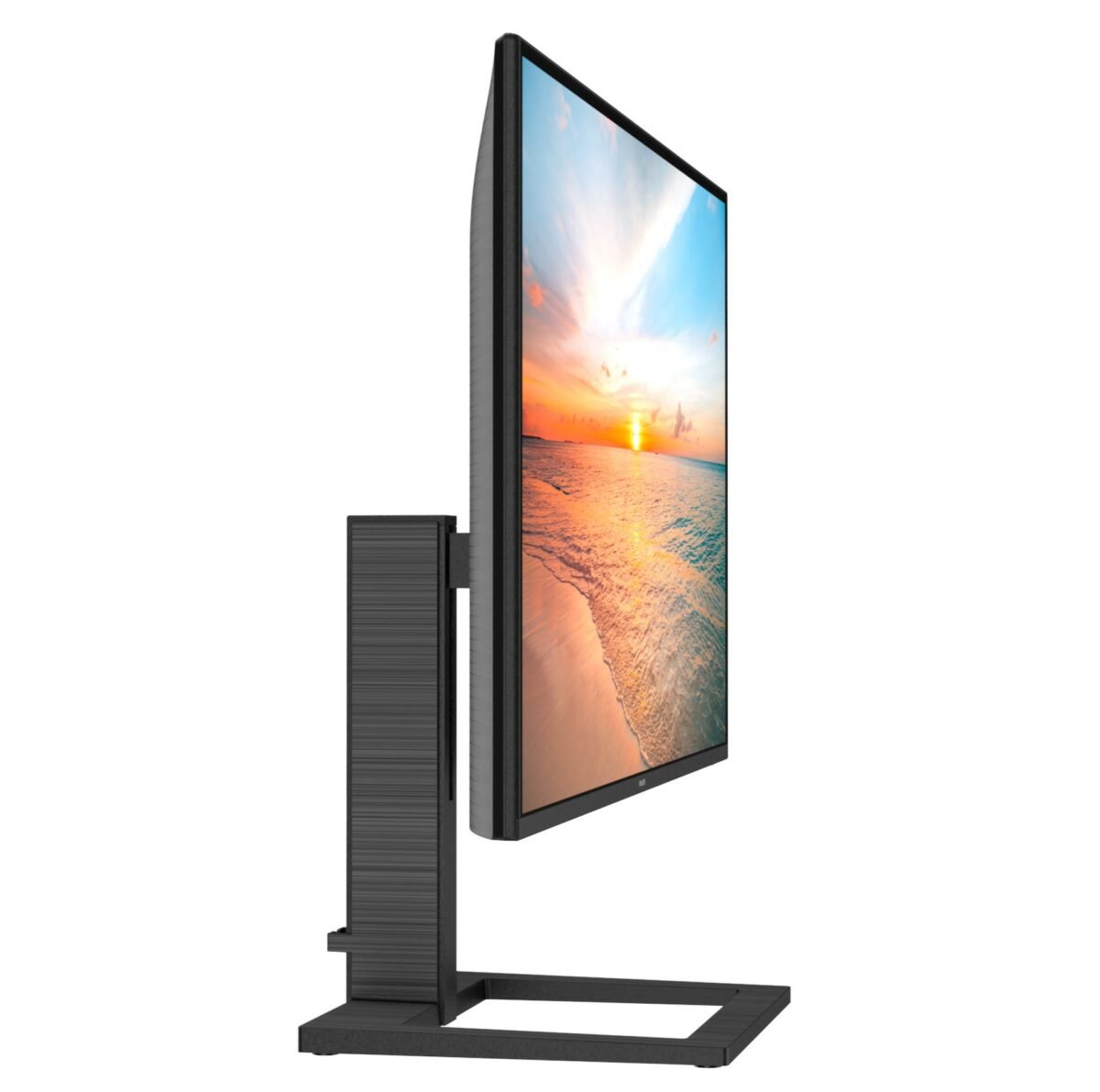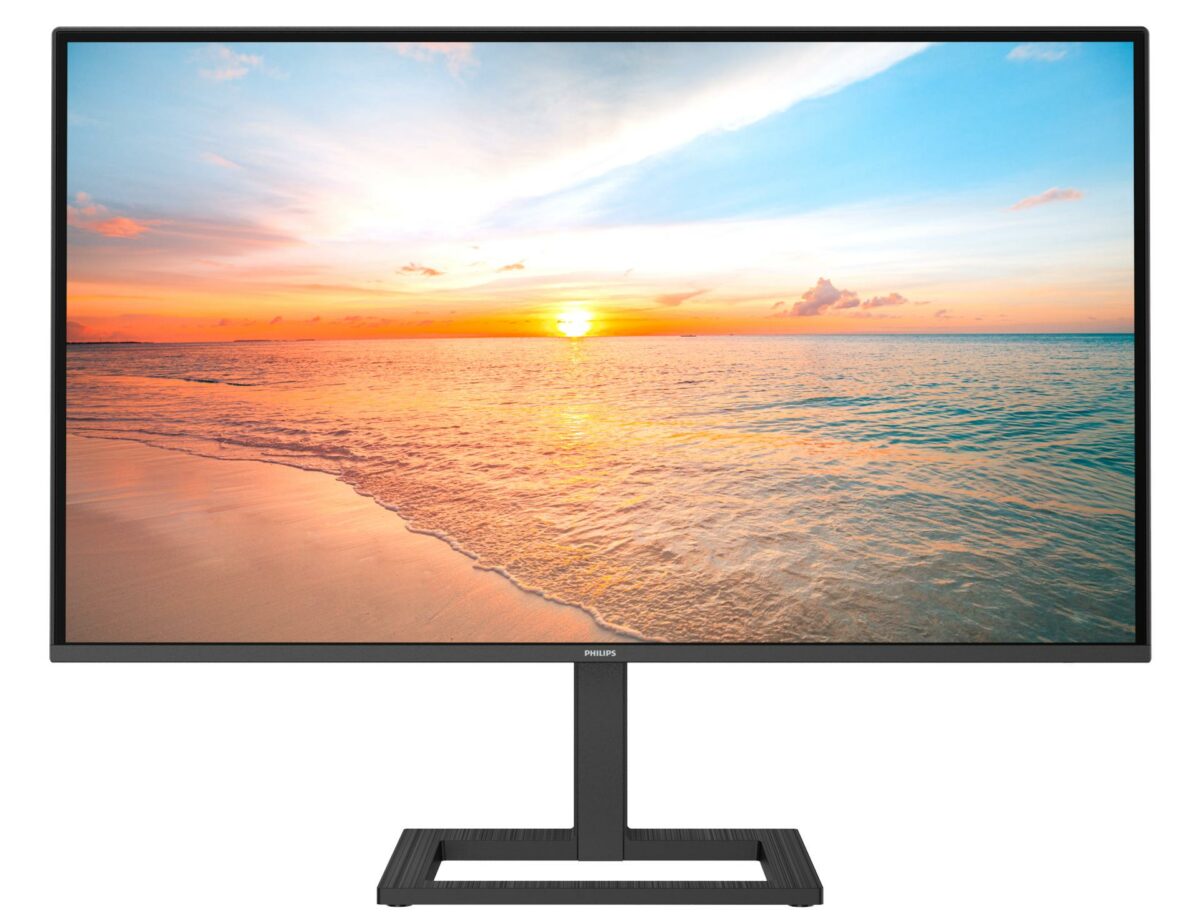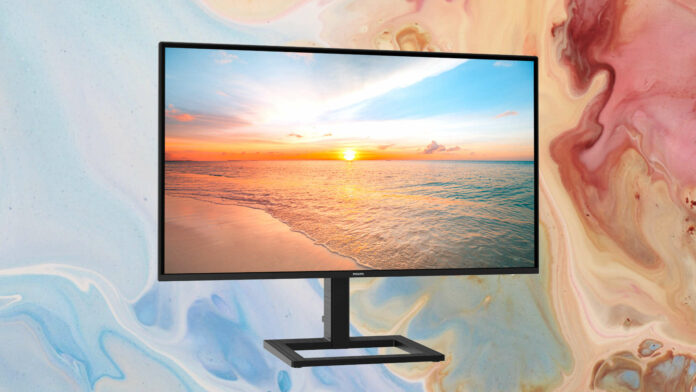Philips is enlarging its E1 series monitors with three new models based on IPS panel technology. Delivering basic features and specs at an adequate price, these should make great secondary displays.
In the menu, we have three versions: 24E1N1100A, 27E1N1100A, and 27E1N1600AE. Catchy names, as ever. The 24E1N1100A is the cheapest of the bunch, delivering 1920×1080 resolution at 24in. The 27E1N1100A pushes size further to 27in while keeping the same FHD resolution. Lastly, the 27E1N1600AE crosses to 2560 x 1440 QHD resolution at 27in.


All models use an IPS panel capable of refreshing at 100Hz. Though not the fastest by today’s standards, it’s still plenty and, most importantly, an upgrade over 60Hz. They also support Adaptive Sync alongside 1ms (MPRT) response time, so gaming is definitely possible. There are even dual 2W speakers if you only want basic audio.
Philips also claims support for HDR on the 27E1N1600AE, but I wouldn’t hold my breath for it at this price range. The specs suggest it caps at 350nits of brightness and 1,500:1 contrast without any mention of dimming zones. What’s nice, however, is the USB 3.2 Type-C with DisplayPort Alt mode and 65W power delivery on this QHD model.

Regarding I/O, both FHD monitors come equipped with one HDMI 1.4 plus one VGA port, while the QHD model trades the ancient VGA for a much more modern USB 3.2 Type-C. As for ergonomics, the FHD models can only tilt by -5° to +20°, whereas the QHD adds 100mm height adjustment on top. That said, you still have the 100×100mm VESA mount if you need more freedom.
The E1 series monitors will be available at £94.99 for the 24E1N1100A, £109.99 for the 27E1N1100A, and £199.99 for the 27E1N1600AE. While the first two are among the cheapest monitors you can find with these specs, the latter needs a little discount as the competition offers higher refresh rates at the same cost. Granted, specs alone do not reflect the real quality of a monitor. For that, you’ll have to wait for reviews.


